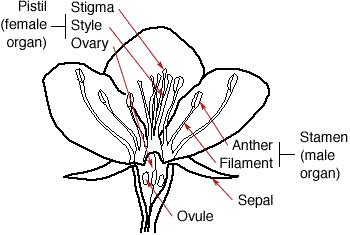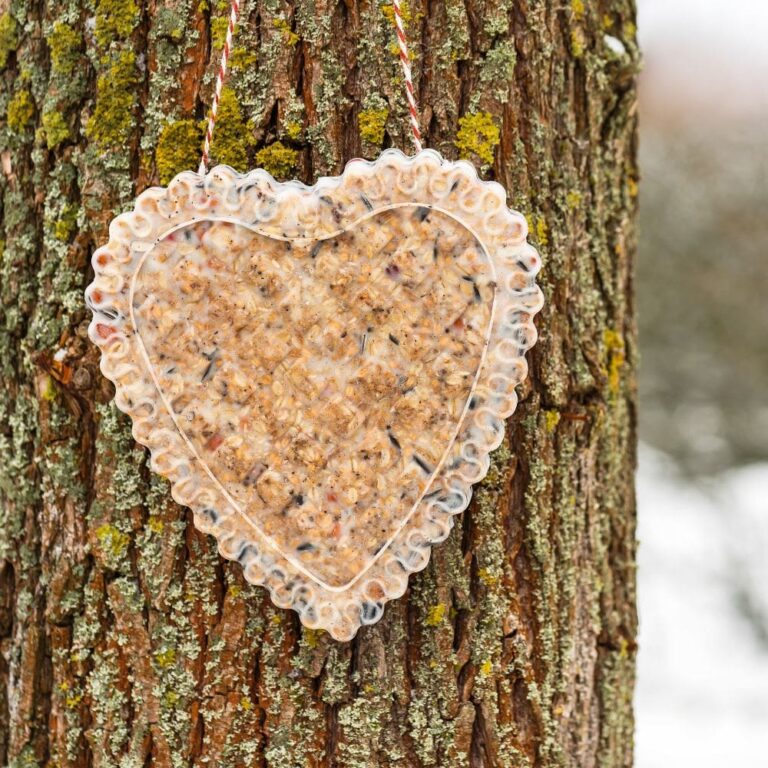Table of Contents (Quickly Jump To Information)
Planting a homestead orchard with fruit trees was a priority as soon as we bought our farm.
Our homestead already had a small pecan orchard planted, and to our delight there also was a young black walnut tree.
Our first year, we harvested over 100 pounds of pecans, and we couldn’t even gather them all there were so many.
After keeping some for ourselves, we gave the remaining pecans to our pigs.
We kept all the walnuts, and had a bumper crop in 2014, although we didn’t get much in 2015.
Planting a homestead orchard with fruit trees was a big priority in 2015, and we were able to plant several varieties of apples and plums.
We also included raspberry bushes (which unfortunately did not survive the goats) as well as blueberry bushes.
READ NEXT: HOW TO PLANT GARLIC
Pears, and especially peaches, are next on our list.
Although we have 10 acres of land, we do most of our homesteading on just 2 acres, and have a 4 acre pasture for our horses.
We’ve already scouted a great place to establish a peach and pear orchard on the remaining 4 acres.
Here’s how we started our fruit tree homestead orchard!
Consider planting dwarf fruit trees in your homestead orchard
One major decision we made was planting dwarf fruit trees in the orchard on our homestead.
Dwarf varieties generally produce fruit faster and you can easily tuck them into corners on your property that you otherwise can’t use for anything.
We planted several 1 year old apple and plum trees this year that we hope will produce fruit next year (although we did get some early starters setting fruit this year, I removed them so the fruit trees could focus on establishing roots).
If you live on an urban or suburban homestead, planting dwarf fruit trees in your orchard is one idea for fresh, organic food.
Choosing which varieties to plant
If you’re interested in establishing a fruit tree homestead orchard, you first need to select the varieties you want to plant.
Remember that many fruit trees will require one or more varieties to successfully pollinate.
You also need to take into consideration when the fruit trees will bloom. Some apple varieties, for example, will bloom earlier than others, so selecting fruit trees that bloom at the same time will ensure pollination.
For example, Red Delicious (one variety we planted) blooms at the same time as Galas.
We chose to plant several Red Delicious, Galas, Honeycrisp, and Yellow Delicious dwarf apple varieties this year. They’re all reliable cross pollinators and varieties we like to eat.
We also planted two dwarf plum trees to they could cross-pollinate each other.
Even though some fruit trees you typically see in a homestead orchard are reportedly self-pollinators, you will have better luck and get more fruit by planting more than one tree.
The good news is that when you purchase fruit trees to plant in your homestead orchard, they will likely come with information about which varieties they pair well with to ensure you get fruit.
READ NEXT: HOW TO EAT SEASONALLY
If you visit a knowledgeable nursery, the staff will have information for you as well.
How fruit trees pollinate

In case you’re curious, here’s how fruit trees pollinate, and why planting two or more fruit trees in your homestead orchard is a good idea.
Pollination occurs when your fruit trees blossom, and pollen from the anthers (which is the male part of the plant) has to be transferred to the stigma (which is the female part of the plant).
Once the flowers are pollinated, your fruit trees are fertilized, and this allows fruit to grow. Without pollination, the flowers will grow, but will not set fruit.
If your fruit trees set fruit, but they don’t grow or are very small, it’s likely an issue of not being pollinated well enough.
Bees, birds, wind, and even people (by hand) can pollinate fruit trees, but the most common way is with honey bees.
Many people even keep bee hives in their homestead orchard to promote pollination, and a single honeybee can visit as many as 5,000 blooms in one day. The bee’s aim is to gather nectar from the flowers, and helps the fruit trees pollinate in the process.
Planting peach, pear, and fig trees in your homestead orchard
Continuing planting fruit trees in our homestead orchard in a major priority, and we’re planning on including pears and peaches.
Pears
Almost all varieties of pear trees require an another tree to set fruit. If you’re planting a homestead orchard for pears, count on including more than one tree.
Plums
Plum trees are unique in that European varieties (such as Bluefre, Blue Ribbon, Earliblue) require pollination from another European varieties, while Japanese plum trees, which are what we planted, need another Japanese variety to be fruitful.
Figs
One type of fruit trees we did try planting were fig trees, although we weren’t successful.
Fig trees are attractive because not only do I like the fruit, but they grow very well in containers, and can easily be moved around the homestead orchard to get constant sun.
For a suburban or urban homestead orchard, figs are easy to incorporate, and most are truly self-pollinating (although, again, you will do better having more than one variety for cross pollination.)
We will try again!
READ NEXT: WHAT TO PLANT IN COOL WEATHER FOR A SPRING HARVEST
Planting a homestead orchard
Now that you have an idea how to choose fruit trees for planting a homestead orchard, here’s how you actually plant them.
Make sure the site of your homestead orchard is in full sun. On our farm, we took great pains to ensure the trees are in a location where they will be successful.
Fruit trees require soil that drains well, but is near a water source if you live in an area that does not get rain too often. Their first year, fruit trees require frequent watering.
Dig a hole at least twice the size of your tree’s root ball, but not too much deeper, unless the ground under is very hard – then you will have to dig down to loosen the soil so your homestead orchard can properly establish roots.
Ensure the soil has settled properly (to check your tree is planted at the right depth) by watering the area after planting your fruit trees. The roots should be just below the surface of the dirt.
The University of California Davis has thorough directions for planting a homestead orchard.
Establishing a homestead orchard is another step toward self-sufficiency you can easily take, and one that we plan on working on even further in the upcoming year!
I’d like to hear from you!
Are you thinking about planting a homestead orchard this year? Which fruit trees interest you? Email me at editor@thefrugalchicken.com or comment below!
Maat van Uitert is a backyard chicken and sustainable living expert. She is also the author of Chickens: Naturally Raising A Sustainable Flock, which was a best seller in it’s Amazon category. Maat has been featured on NBC, CBS, AOL Finance, Community Chickens, the Huffington Post, Chickens magazine, Backyard Poultry, and Countryside Magazine. She lives on her farm in Southeast Missouri with her husband, two children, and about a million chickens and ducks. You can follow Maat on Facebook here and Instagram here.




![You CAN Raise Meat Chickens (And Actually Go Through With It!) [Podcast]](https://thefrugalchicken.com/wp-content/uploads/2016/01/raise-meat-chickens-feature-min.jpg)
I suggest planting Williams Pride apple. Wish I had planted more. This is an early red apple, it matures even before my graventine apples do!
One early summer I was checking on my graventines, as I was eager to bite into one, but they still needed more time to ripen. As I was leaving my little orchard of 19 trees, I walked by my Williams Pride apple tree and I said to myself “what the heck are all those red things in that tree?!” I took my first bite and went nuts, so good and so beautiful.
You see it was my ‘orphan’ tree the year I planted the orchard. It was like a left over tree, like where can I plant it. So it was planted off to one side, not ‘in line’ with the other apple trees. It’s now my most loved tree.
That’s a great story! We’ll be planting more trees this year, and I’ll be sure to look for that variety. Thanks for sharing!
If you are trying to grow a fig tree please understand that they require a HUGE amount of water. I have one and all i planted was a rooted cutting with two leaves. We average 50+ inches of rain a year most of which occurs in the summer months. Figs also like to be near you home for north wind protection. There is a southern planting rule that says plant your fig where she can hear you sing as you do your dishes. And P.S. figs are one tree that is self pollinating. The fruit is actually the bloom. They are pollinated by a fig wasp by boring into the young fruit and escapes when the bloom starts to open (ripen). And by the way a fig wasp is nothing to be afraid of. They are tiny and do not sting. They live their entire life cycle inside your tree. Chances are you will never know they are in there unless you take a microscope out to your tree.